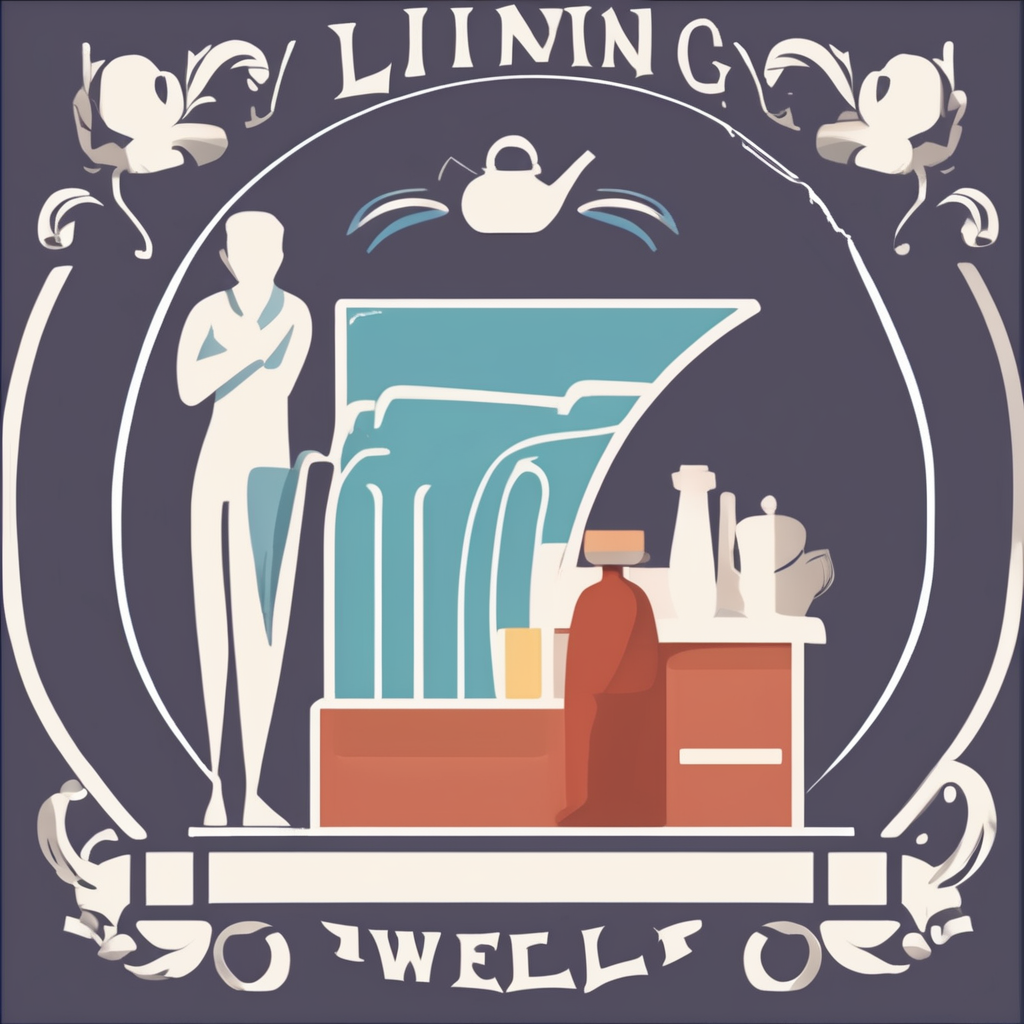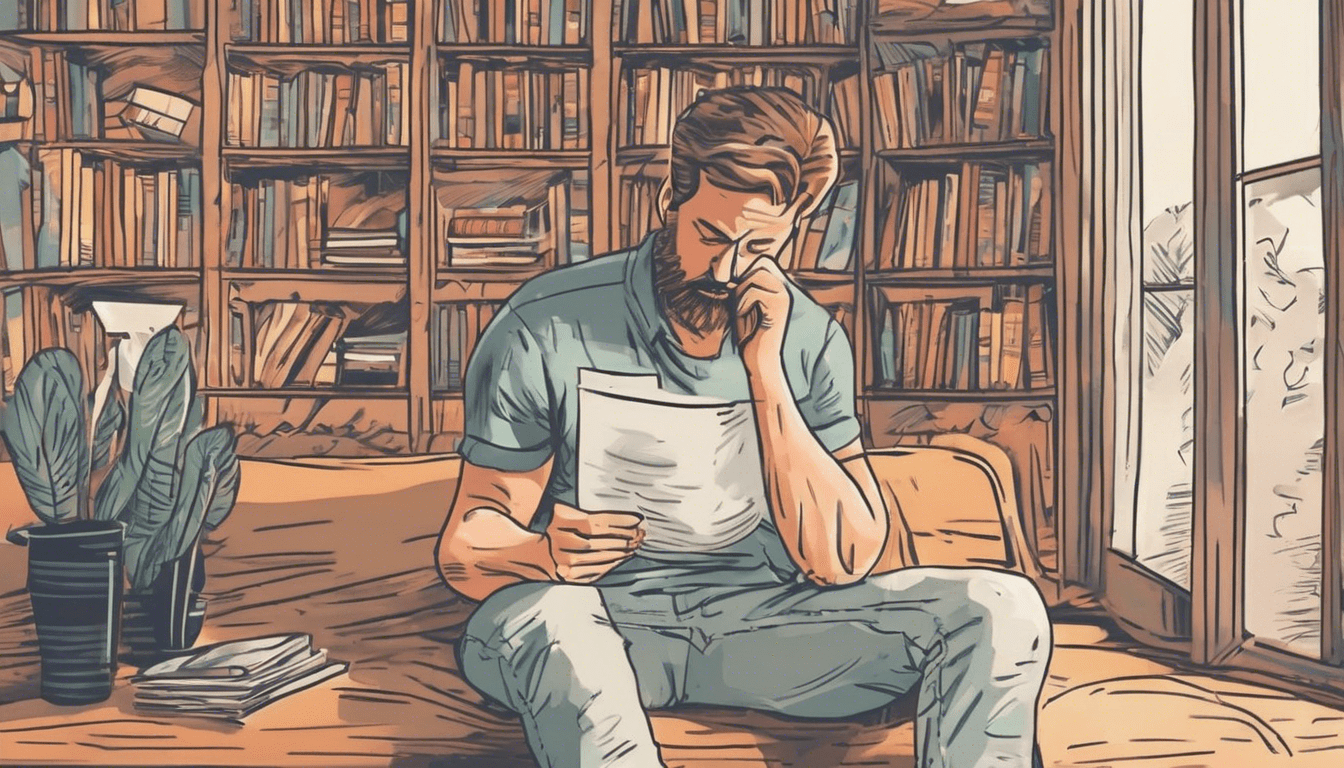Fear of being alone can feel overwhelming, often leading to anxiety and isolation. However, understanding autophobia and adopting targeted strategies can transform solitude from a source of fear into a path of self-growth. By exploring practical coping techniques and insights from experts, this guide offers a unique perspective on reclaiming independence and fostering resilience—empowering you to embrace solitude with confidence and peace.
Understanding Autophobia and Its Impact
Autophobia, often described as an intense and irrational fear of loneliness, goes beyond mere feelings of solitude. Unlike occasional loneliness, this anxiety disorder triggers persistent dread at the thought of being alone, even temporarily. Common symptoms include rapid heartbeat, sweating, trembling, and overwhelming panic when alone or anticipating solitude. People with autophobia may constantly seek company or reassurance to avoid these distressing sensations.
Also read : Unlocking Calm: The Benefits of Weighted Vests and Deep Pressure Stimulation for Children with Autism
The psychological effects of autophobia are profound. Those affected often experience chronic anxiety and emotional turmoil, with fear dominating their thoughts. This persistent fear of loneliness can lead to low self-esteem, difficulty making independent decisions, and impaired daily functioning. Emotionally, it fosters feelings of vulnerability and helplessness, heightening stress and sometimes leading to depressive episodes.
Autophobia differs significantly from general loneliness or social anxiety. While loneliness is a common human experience characterized by a desire for social connection, autophobia is an extreme fear that disrupts normal life. Unlike social anxiety, which centers on fear of judgment or social interactions, autophobia is specifically about being alone, regardless of social skills or relationships. Understanding these distinctions is crucial for accurate diagnosis and effective treatment strategies addressing the root of this anxiety disorder.
Also read : Unlocking Calm: The Power of Targeted Breathing Techniques to Soothe Panic Disorder Symptoms
Recognizing the Signs and Triggers of Autophobia
Understanding the warning signs and autophobia triggers is essential for managing this condition effectively. Autophobia often presents through a blend of physical and emotional symptoms that signal the onset of anxiety related to being alone. Common anxiety symptoms include increased heart rate, sweating, trembling, and a pervasive feeling of dread or panic when solitude approaches. These physical manifestations are frequently coupled with emotional experiences such as intense fear, sadness, or a sense of vulnerability.
Identifying personal and environmental triggers plays a crucial role in recognizing autophobia. Personal triggers might include past traumatic experiences of abandonment or rejection, while environmental triggers could involve being in unfamiliar places or situations where support feels distant or unavailable. These triggers vary greatly from person to person but consistently provoke the overwhelming fear that defines autophobia.
Recognizing the early signs of autophobia allows for timely intervention. Early signs often manifest as subtle changes in behavior, such as avoidance of solitude or excessive need for reassurance from others. By paying attention to these signals, individuals can seek appropriate support early, reducing the risk of severe anxiety episodes. Addressing autophobia at its initial stages encourages proactive coping mechanisms, facilitating better management of the condition in daily life.
If you find yourself struggling with the intense fear of solitude, learning more about the fear of being alone can provide crucial insights and support pathways.
Practical Strategies for Overcoming Autophobia
When confronting autophobia, employing effective coping strategies is crucial. One of the most impactful approaches is the use of cognitive-behavioral techniques to challenge and reshape irrational fears. These methods encourage individuals to identify negative thought patterns linked to the fear of being alone and replace them with more realistic and comforting perspectives. For example, when thoughts like “I cannot manage on my own” arise, cognitive restructuring helps to question and modify this belief, reducing the grip of anxiety.
In addition to cognitive-behavioral tools, mindfulness and relaxation techniques serve as powerful anxiety management resources. Practices such as deep breathing, progressive muscle relaxation, and mindful meditation assist in calming the nervous system, lowering the intensity of panic when faced with solitude. By focusing attention on the present moment without judgment, mindfulness helps ground individuals and diminishes overwhelming worry.
Gradual exposure to solitude is another vital self-help technique. Starting with short periods alone, individuals can slowly increase these intervals, building resilience and comfort with being by themselves. This stepwise approach reduces avoidance behaviors and fosters a sense of control, making solitude less intimidating over time.
Implementing these coping strategies—cognitive-behavioral techniques, mindfulness, and gradual exposure—offers a comprehensive framework for managing autophobia effectively. For deeper understanding, exploring resources about the fear of being alone can provide valuable insight and support.
Developing Healthy Habits to Embrace Solitude
Solitude can be a powerful tool for mental wellness and personal growth. To truly benefit from time alone, it’s essential to cultivate habits that promote self-care and building confidence in independence.
Establishing Daily Self-Reflection and Meditation Practices
A foundational habit in developing comfort with solitude is daily self-reflection combined with meditation. These practices encourage mindfulness, allowing you to focus inward and better understand your emotions without distraction. Meditation helps reduce anxiety by grounding your mind, while self-reflection promotes greater self-awareness and acceptance. By dedicating even a few minutes each day to these habits, you reinforce mental wellness and create a positive association with being alone.
Engaging in Solo Activities that Foster Independence
Participating in activities alone, such as reading, journaling, or hiking, strengthens your ability to enjoy your own company constructively. These solo activities enhance self-care, offering a chance to pursue interests without external validation. They build confidence gradually as you learn to rely on yourself for enjoyment and fulfillment. Engaging in hobbies that challenge your skills can also stimulate growth and affirm your capability to thrive independently.
Maintaining a Support System While Learning to Be Alone
While embracing solitude, it remains important to maintain connections with others to support your mental wellness. A balanced approach involves having a reliable support system for when you need encouragement or companionship but also respecting your personal space. This blend helps reduce feelings associated with the fear of being alone by knowing you are not isolated, even as you grow comfortable in solitude. Cultivating relationships that understand your need for time alone allows you to explore independence without feeling abandoned.
In summary, prioritizing self-care through reflection, engaging in solo activities, and maintaining supportive relationships creates a solid foundation for embracing solitude healthily and confidently.
Professional Support and Treatment Options
Managing autophobia effectively often requires professional support tailored to individual needs. Recognizing when to seek therapy for autophobia is crucial—if the fear of being alone starts to interfere with daily life, relationships, or work, it’s time to consult a mental health professional. Early intervention prevents symptoms from escalating.
There are several types of mental health support available. Cognitive-behavioral therapy (CBT) is highly effective for many suffering from autophobia. It helps patients identify and challenge irrational fears and develop coping strategies to reduce anxiety. Exposure therapy, a form of CBT, gradually desensitizes individuals to being alone, which can significantly ease their distress.
Counseling and support groups also play a critical role. Group sessions provide a safe space to share experiences and learn from others facing similar challenges. This communal aspect combats isolation and builds resilience, fostering a sense of belonging that counters autophobia’s grip.
For severe cases, prescribed medication can be part of the treatment plan. Antidepressants or anti-anxiety drugs may be used temporarily to stabilize symptoms and enhance the effectiveness of psychotherapy. Medication is not a standalone solution but a tool to manage acute anxiety while patients work on long-term coping mechanisms.
Those struggling with the fear of being alone should never hesitate to seek professional advice. Understanding treatment options empowers individuals to take proactive steps towards recovery. For additional insight into the emotional challenges involved, explore resources on fear of being alone.
Personal Stories and Expert Insights on Conquering Autophobia
Exploring journeys toward overcoming the fear of being alone
Many individuals facing autophobia have shared personal experiences that illuminate the pathway to recovery. One common thread is the gradual learning to embrace solitude through supportive environments and deliberate practice. For example, individuals report starting with brief moments alone, gradually extending the time spent by themselves to build confidence and reduce anxiety.
Mental health professionals emphasize the importance of a comprehensive treatment plan. According to experts, effective autophobia recovery often involves a combination of cognitive-behavioral therapy (CBT), mindfulness techniques, and, in some cases, medication. CBT helps people challenge irrational fears related to being alone, replacing negative thoughts with realistic and positive perspectives.
Those who have managed to conquer autophobia frequently recommend practical tips such as maintaining a daily routine, engaging in hobbies, and building a supportive social network that encourages independence. Understanding that autophobia recovery is a process with ups and downs is crucial—each step toward solitude strengthens emotional resilience.
If the fear of being alone feels overwhelming, exploring resources about fear of being alone can provide additional guidance and reassurance. By recognizing shared experiences and embracing professional advice, many find lasting freedom from the constraints of autophobia.
Building Long-term Resilience and Embracing Solitude
Cultivating resilience begins with developing self-compassion and patience. When facing loneliness or the fear of being alone, practicing gentle self-acceptance allows individuals to acknowledge their emotions without judgment. This mindset makes it easier to navigate difficult moments and gradually build emotional strength. Techniques such as mindfulness meditation, journaling, or affirmations can help foster this inner kindness and patience with oneself.
Engaging actively in personal growth activities plays a vital role in becoming comfortable with solitude. Pursuing hobbies, learning new skills, or setting achievable goals channels energy positively and creates a sense of purpose independent of others. These activities not only distract from feelings of isolation but also contribute significantly to self-esteem and confidence in one’s ability to thrive alone.
Embracing independence and solitude over the long term provides numerous mental health benefits. It promotes enhanced self-awareness, emotional regulation, and a stronger sense of identity. The ability to enjoy one’s own company reduces reliance on external validation, thereby mitigating anxiety related to social interactions or the fear of being alone. Ultimately, resilience built through these strategies equips individuals to face life’s challenges with greater stability and optimism.











